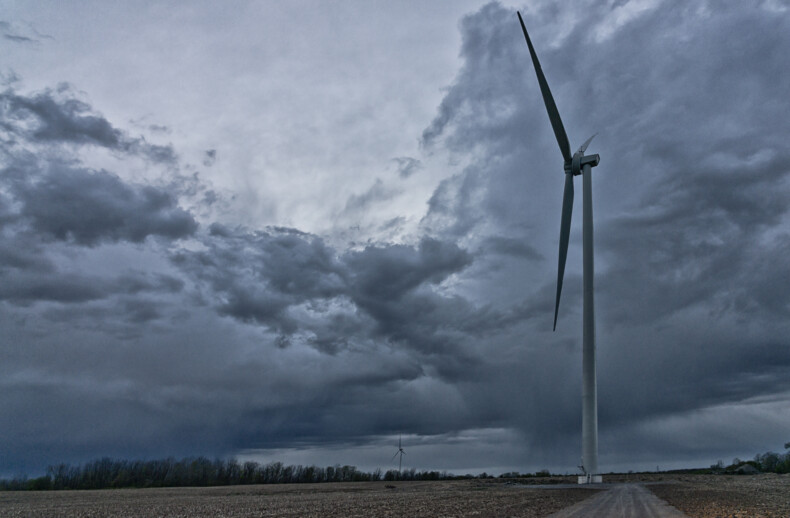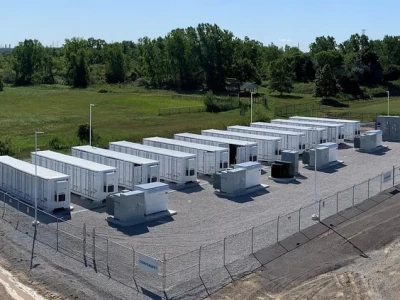There is a lot of money at stake, as Ontario opens up to contracts for Battery Energy Storage Systems Small Battery Storage facility operated by Shell November 14, 2023 As of today, there…


There is a lot of money at stake, as Ontario opens up to contracts for Battery Energy Storage Systems Small Battery Storage facility operated by Shell November 14, 2023 As of today, there…

Proposals are popping up all over Ontario: what do you, and your community, need to ask? Battery storage facility-Shutterstock image November 10, 2023 As of today, Wind Concerns Ontario counts at least 30…


February 28, 2023
The recent Request for Proposals launched by Ontario’s Independent Electricity System Operator (IESO) resulted in interest by companies proposing new Battery Energy Storage Systems or BESS.
BESS is a relatively new technology and is currently being touted as an answer to wind power’s Big Problem of Intermittency (together with its other Big Problems of non-recyclable components and dependency on weather). Some of the proposals submitted were to be attached to existing solar or wind power generation installations.
The wind and solar lobbyist the Canadian Renewable Energy Association or CanREA (formerly CanWEA) actively promotes battery storage as an adjunct to wind power and says battery storage is key to multiplying Canada’s wind power fleet. CanREA has even added “storage” to its corporate banner.
Are we ready? No.
However, even the influential lobbyist points to concerns. First, there is a need to develop technical requirements for connecting and operating battery storage facilities CanREA says in its document, Laying the Foundation: “In many jurisdictions, the technical details may be included in the operating documents of the crown[1]owned utility. However, there are other elements, such as the scope of safety and environmental reviews, that will need legislated descriptions or will need to be included in the regulatory documents of the relevant ministry or government department.” (Page 10)
And, CanREA says, regulating authorities may need to get ready for BESS and develop new competencies: “In most jurisdictions, the mandate and/or rules of the regulating authority (for example the Alberta Utilities Commission) may need to be enhanced. Regulatory authorities will need sufficient expertise to fairly evaluate proposed energy-storage installations.”
Where public meetings, required by the IESO as part of the submission process, took place and were publicized,* it is clear that some communities at least were not completely unaware of the risks posed by BESS.
Prince Edward County citizens actively engaged in review of several BESS proposals, including one for a 250 megawatt installation. Their concerns were so well founded that the municipal council voted against approval of the facility, because of the risk of fire, environmental noise, and loss of valuable farmland.
Concerns were expressed in other communities too, including Arran-Elderslie in Ontario. The Mayor said this about fact-finding on battery storage: “township officials tried to gather information on battery storage projects from provincial agencies and officials while attending a recent Rural Ontario Municipal Association conference in Toronto, ‘but the information is fairly sparse’, Mayor Marriott told the Sarnia Observer.
“People aren’t even quite aware of what it is,” the mayor added.
We looked and asked
Based on these reports and inquiries from our community group coalition members, Wind Concerns Ontario conducted a review of news about battery storage system incidents, community concerns, and the current regulatory environment in Ontario.
Our conclusions were that there is a lot of work to be done to answer citizen questions and provide reassurance. In specific:
The IESO is expected to launch another, larger Request for Proposals later this year, and more BESS proposals are likely.
The WCO report is here: